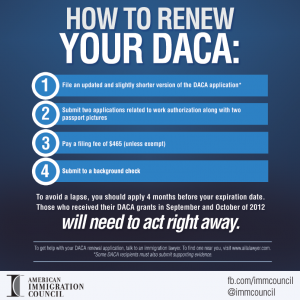 As a
classroom teacher, administrator or community member you play a critical
role in the development of youth beyond the classroom. As
the educational landscape evolves, your understanding of important
issues, like immigration, is important to the success of your students
and your community. As educators you naturally connect with youth,
parents and community members and have unique opportunities to discuss
the civic, social, psychological, educational and economic effects of
immigration as a community.
As a
classroom teacher, administrator or community member you play a critical
role in the development of youth beyond the classroom. As
the educational landscape evolves, your understanding of important
issues, like immigration, is important to the success of your students
and your community. As educators you naturally connect with youth,
parents and community members and have unique opportunities to discuss
the civic, social, psychological, educational and economic effects of
immigration as a community.
Most
recently you have probably heard about Deferred Action for Childhood
Arrivals (DACA) and the humanitarian crisis on the border involving the
migration of unaccompanied youth increasingly coming across our Southern
border. The American Immigration
Council has a plethora of resources that will help you get up-to-speed
on the topic and to answer important questions or lead you to the
correct resources in your communities. From early childhood to young
adulthood we have resources that can help you navigate this complicated
topic.
As a
former classroom teacher, I know how valuable summertime is for rest and
relaxation, but the reality is a true teacher never really stops their
professional development and their constant intellectual curiosity - so
that’s why I wanted to share some easy resources for you to look at that
will hopefully help you better understand these complicated issues,
that affect so many of your students and community members.
Resources, like a Q&A guide about DACA or a recent report Two Years and Counting
about the impact DACA has had over the past two years, can provide
answers you need to discuss these topics in your classroom or community.
The American Immigration Council's blog ImmigrationImpact .com has timely analysis on each day’s most pressing immigration topics, like this story
which discusses family separation and how records show that in 2013
over 70 thousand deportees reported having at least one U.S. born child.
Our classroom resources include book reviews and lesson plans that help to get the discussion started. Books like Sonia Nazario’s Enrique’s Journey can be read by High School students and a newer version is suitable for a younger audience and stories like From North to South
by Rene Colato Lainez can be read in English or Spanish and discusses
deportation and family separation in a way students as young as 6 or 7
can understand. Visit the Council's book reviews for more ideas and let us know which are your favorites.
Claire Tesh

No comments:
Post a Comment